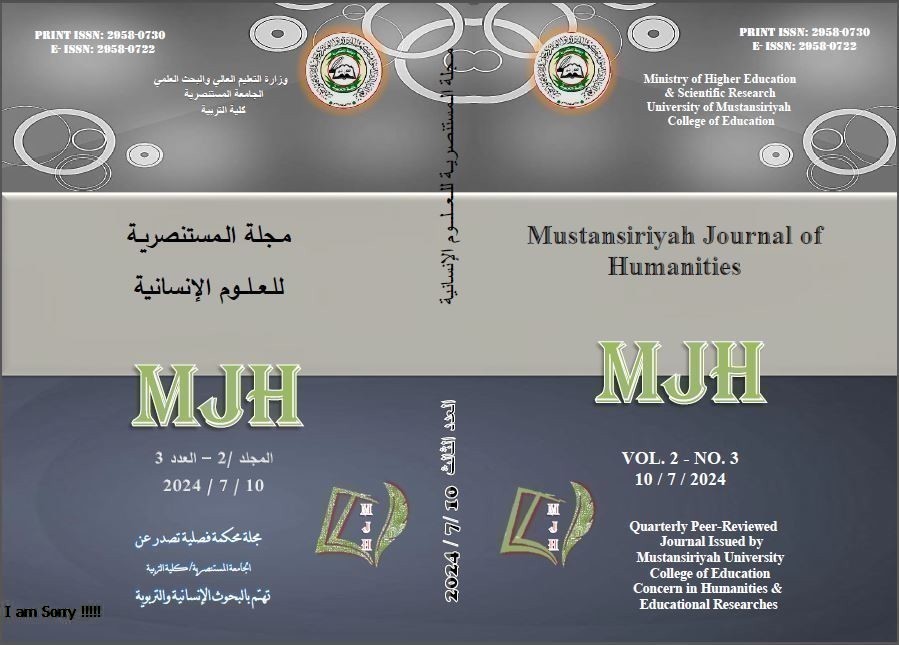The impact of geographical factors on the cultivation of leguminous crops in Karbala Governorate
DOI:
https://doi.org/10.47831/mjh.v2i4.593Keywords:
leguminous crops, natural and human factors, Holy Karbala Governorate.Abstract
Prepare Natural and human factors are among the main priorities in the cultivation of agricultural crops, including legumes. The success of cultivating any crop depends on the nature of the prevailing climate, the quality of the soil and irrigation water, as well as the human factors that seek to increase production and improve its quality. These factors still play an important role in determining areas for various agricultural activities on the planet. Despite human attempts to overcome some conditions and modify them to suit the agricultural production process, such as using modern irrigation methods in dry areas, rain harvesting, and the like. Giving natural and chemical fertilizers to exhausted soils and other means, as studying the geographical potential for cultivation of leguminous crops in Karbala Governorate by studying their balance with the natural and human potential, their geographical distribution and production quantities for these crops, knowing that the availability of geographical potential is the success of cultivation of any crop and vice vers So. Leguminous crops are among the crops that help restore fertility in the soil by deepening their roots in the soil and withdrawing nitrogen from the atmosphere and fixing it in it using a specific type of microorganisms known as nitrogen fixers. There are various types of these crops that are resistant crops that tolerate transportation. over relatively long distances due to their dry and hard nature, unlike other vegetable crops that may cause damage during transportation. The study focused on the crops of beans, cowpeas, and mung beans in the study area, which are grown in flooded soils and banks of rivers, and the use of irrigation and mediated irrigation to irrigate these crops, in addition to These crops are an essential element of the agricultural cycle.





